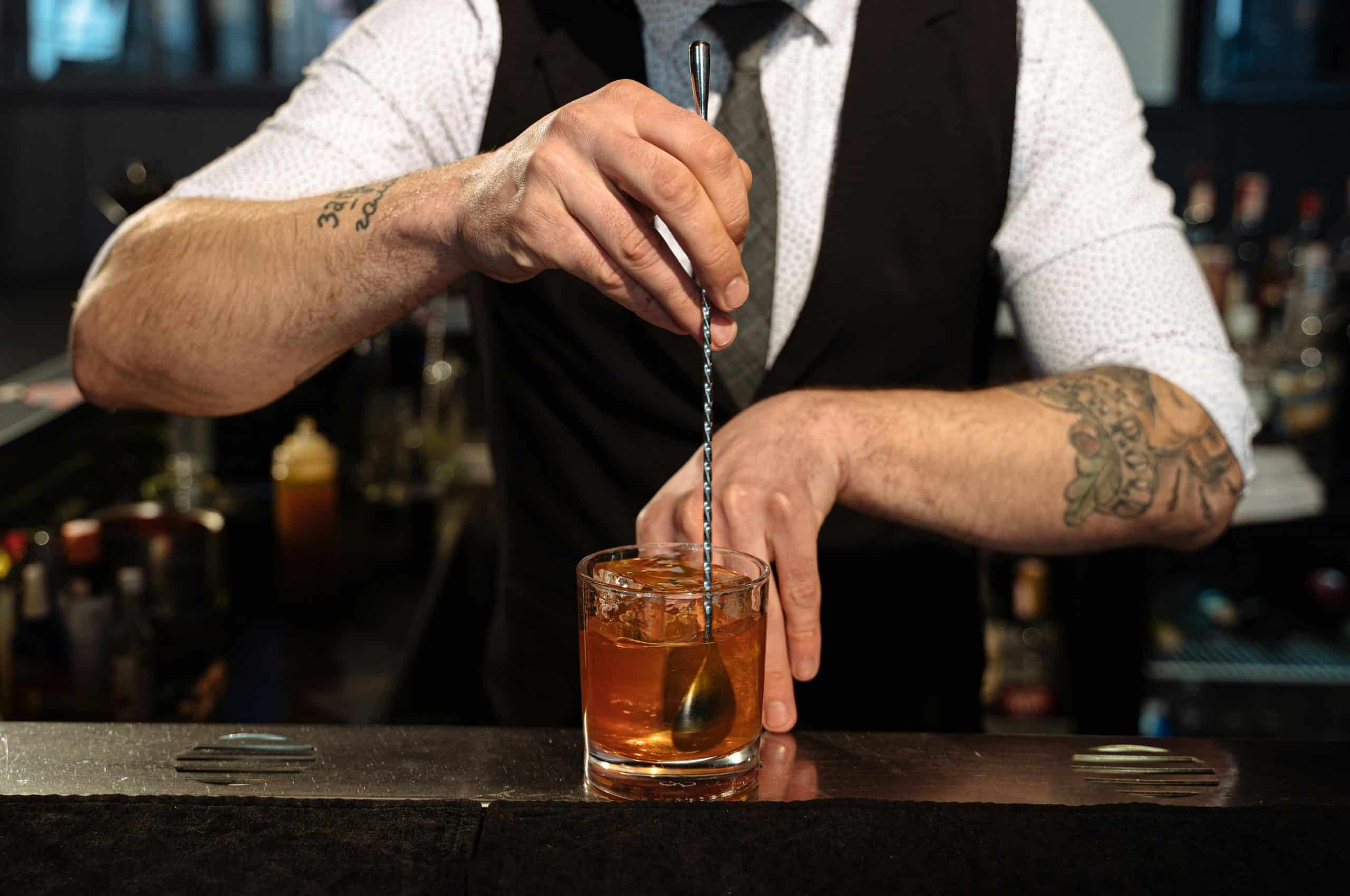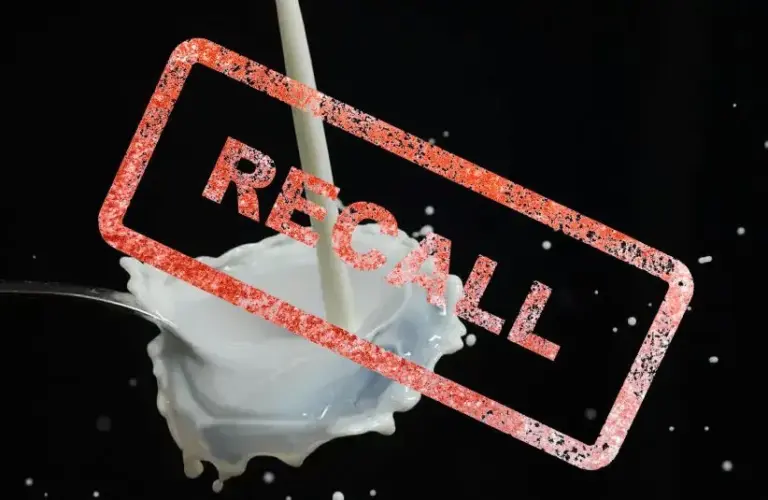When to Shake vs. Stir: Bartending Experts Reveal the Secrets
When it comes to bartending, few decisions are as deceptively straightforward as choosing whether to shake or stir a cocktail. However, these decisions have a profound impact. This seemingly minor technique can dramatically change a drink’s texture, warmth, clarity, and even its flavor profile. Mastering the art of shaking versus stirring is a rite of passage for both seasoned bartenders and aspiring mixologists, separating novices from true alchemists behind the bar. Understanding the chemistry of the ingredients, the expectations of the drinker, and the extensive history of cocktail culture goes beyond mere showmanship or tradition.
Each method has its philosophy and purpose, ranging from the frothy elegance of a shaken Whiskey Sour to the crystal-clear perfection of a stirred Martini. Experts in the field of bartending emphasize that knowing when to shake and stir is more than just a skill; it’s a crucial aspect of the craft. It is also a language, a code, and an individual expression that reflects your style and enthusiasm for the profession. Whether you run a high-end bar or make cocktails at home, these fundamental bartending techniques are essential for making drinks that are not only delicious but also technically flawless.
Shake for Texture and Emulsion
Shaking is the preferred method for cocktails that require a good mix when bartending. Spirits don’t mix well with dairy, egg whites, citrus juices, syrups, or other ingredients. Shaking not only speeds up the drink’s cooling, but it also adds air, giving it a frothy texture and a lively taste in the mouth. Cocktails like margaritas, whiskey sours, and daiquiris, which thrive on balance and brightness, require this method. Although each shake is more important than anything else, it is also a chemical reaction that shapes the drink’s personality.
Stir for Clarity and Control
On the flip side, stirring is all about precision in bartending, especially for spirit-forward drinks. When a recipe calls for just liquors like gin, whiskey, or vermouth, stirring keeps the drink crystal clear and silky smooth. It is a gentle method that preserves the spirits’ strength and integrity while avoiding aeration. To maintain their refined elegance, classic cocktails like the martini, Manhattan, and Negroni require stirring. Mastering the stir is a skill that professional bartenders use to show respect for the drinker’s taste and the ingredients.
Bartending Wisdom: Technique Matters
Experienced bartenders will tell you that technique is everything. To avoid spills and ensure proper mixing, shaking necessitates a confident rhythm and a tight seal. Using a bar spoon to maneuver through ice in a mixing glass without damaging the spirits, on the other hand, requires finesse when stirring. Tradition, science, and the desired outcome of the drink all play a role in the decision to shake or stir. Bartending experts agree that grasping these techniques is crucial for crafting drinks that are not only delicious but also technically superb.
Flavor and Presentation in Bartending
Flavor isn’t just about the ingredients you use; it’s also about how you prepare them. When bartenders shake a drink, it causes dilution and aeration, which can brighten and soften bold flavors. However, stirring preserves the beverage’s strength and clarity, making it ideal for showcasing premium spirits. Shaken drinks frequently appear cloudy and foamy, whereas stirred cocktails are crystal clear. Presentation is also important. Bartenders use these visual cues to convey the sophistication and style of the drink. If you want to improve your bartending skills, knowing when to shake or stir is a must, whether you mix drinks at home or behind the bar.
Bottom Line
The difference between shaking and stirring in the art of bartending goes beyond just a fancy technique; it’s a thoughtful choice rooted in chemistry, tradition, and flavor. Bartenders are able to transform any drink from average to exceptional by knowing when to shake for a vibrant texture and brightness and when to stir for smooth clarity and control. Whether you’re behind a bustling bar or crafting cocktails at home, mastering these techniques will spark your creativity and boost your confidence on your mixology adventure. Therefore, the next time you reach for your bar spoon or shaker, keep in mind that you are not only preparing an experience but also mixing a drink.







